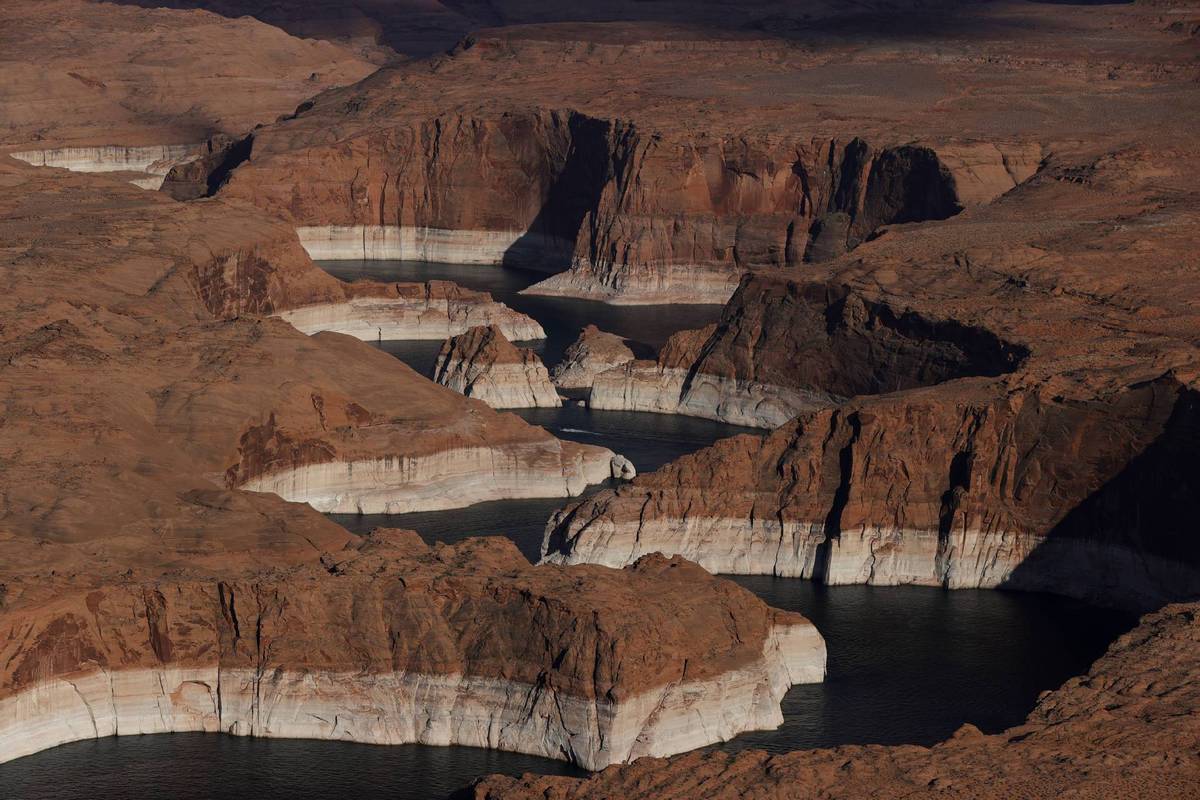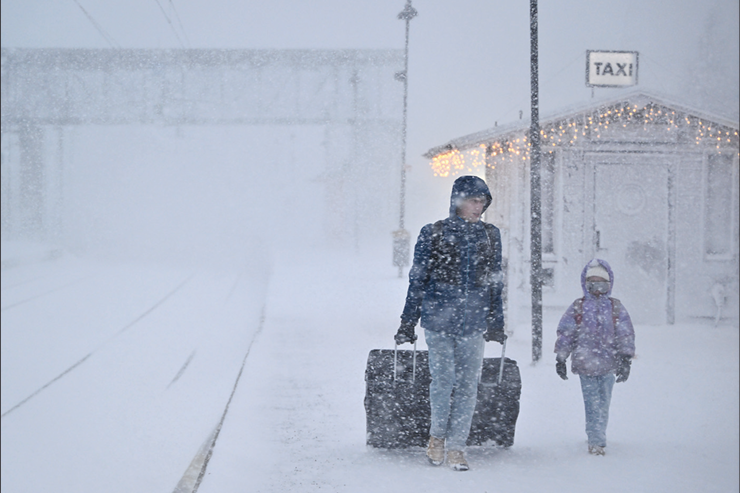Pundits warn drought blanketing western US to have disastrous result


LOS ANGELES -- The devastating drought blanketing the western United States would not be relieved soon and it could cause more negative impacts to the country's economy, a group of experts, officials and farmers warned in a virtual meeting.
According to Wednesday's report from E&E news, a news organization providing essential energy and environment news for professionals, those participants confirmed that the drought currently covers 96 percent of seven Western states, including Arizona, California, Idaho, Montana, Nevada, Oregon and Washington.
That means half of the US population lives in a drought-stricken area, the report said.
Tuesday's meeting, organized by the National Oceanic and Atmospheric Administration (NOAA), sought to draw attention to the vast effects of the drought in the West and to urge the Biden administration's effort to help suffering communities and industries.
The drought dramatically reduced river and stream flows across the West, most notably on the Colorado River, threatening electric plants that rely on hydropower and water supplies in Southern California.
Lake Mead, the nation's largest reservoir and a water source for 20 million people in Arizona, California and Nevada, is at just 35 percent of its capacity. That's the lowest level since the reservoir was filled in 1935, Demetri Polyzos of the Metropolitan Water District of Southern California was quoted as saying.
On Monday, Shasta Lake, the largest reservoir in California, held a scant 1.57 million acre-feet of water, only about 35 percent of its capacity. Meanwhile, Lake Oroville, the state's second-largest reservoir, sat just over 661 feet (201.5 meters) above sea level, or 28 percent of its total capacity, approaching its all-time record low of 646 feet above sea level in 1976-1977 drought.
Drought across the region has dried out vegetation and larger sources of fuel such as branches and downed trees, making them more easily combustible. It could cause the fire season of this year to grow longer and more extreme than ever.
As of Wednesday, over 80 large wildfires are burning more than 1.2 million acres across 13 states, according to the National Interagency Fire Center. Nearly 20,000 firefighters are working to contain the flames, with the highest number of fires in Montana, Idaho, Oregon, California and Washington.
The National Interagency Fire Center raised its preparedness level to the highest level on July 15, marking the third-earliest date since 1990 that the center has gone to Preparedness Level 5.
"In Oregon, a wildfire the size of Los Angeles is burning now," NOAA Administrator Rick Spinrad said at the meeting, referring to the Bootleg Fire in southern Oregon, which started July 6 and has burned an area about 20 percent larger than Los Angeles' 1,300 square km.

































